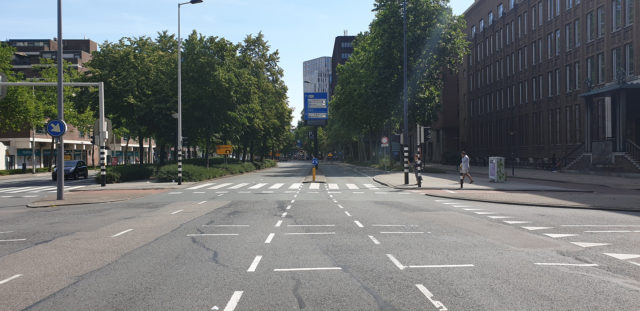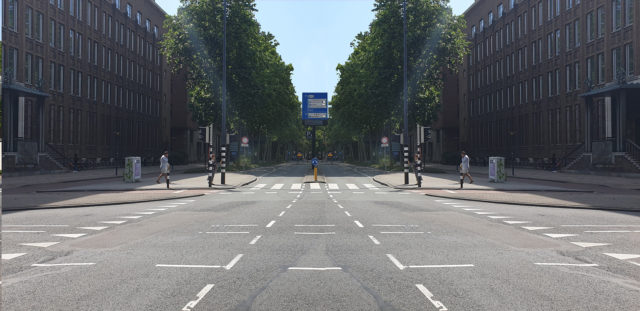3 August – The British Architecture Centre led by Ellis Woodman has set up the online platform The 100 Day Studio, where international guests give presentations of up to one hour via Zoom. I just gave the 82th presentation about the Rotterdam brick architecture in the period 1930-1950. The cliché is that Rotterdam is a high-rise city of steel and glass stumbling in the backlight, as night mayor J.A. Deelder wrote. Of course, the city is more complex than that.
In the 1930-ies the City Ideal was formulated. During the interwar period, city architect Willem Witteveen and city architect Ad van der Steur united to work on a comfortable, modern residential city with wide boulevards, flanked by sturdy buildings. Town planning and architecture had a reciprocal relationship. The brick was the starting point for both.
That brick city is easily recognisable in the Blijdorp district. There are many other places in the city where the City Ideal can still be found. Witteveen started rebuilding the city centre in 1941. This departed from the microdesign of small plots. The realisation of the City Ideal had one important disadvantage. According to some, it was too time-consuming. In 1944 Witteveen was set aside. For Day 82 we made a simple collage, suggesting how the Blaak avenue should have looked like according to him (pictures above). The urban planner Cornelis van Traa was commissioned to draw up a flexible plan, the so-called Basisplan, that could be realized quickly. The rest is history.
The video recording of my lecture Rotterdam Built in Brick may be watched here.
City View
Presence of mind
and realism squared
celebrate unshakably
in a broken-up street
High and cast-iron the heaven
with a gleaming sun or
black and low in wild crowding
along skeletons of concrete
Trough shaded Venetian blinds
towering the housing estates
stacking to close the horizon
Post-historic panorama –
Rotterdam hewn from marble
stumbling in the backlight
J.A. Deelder, night mayor of Rotterdam

